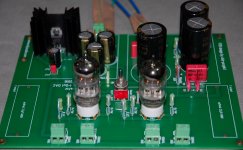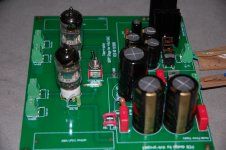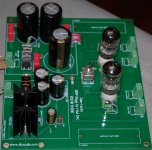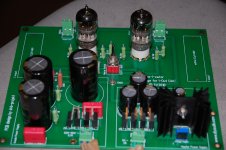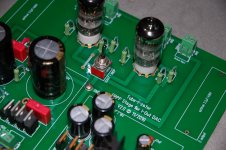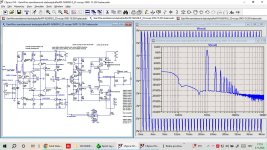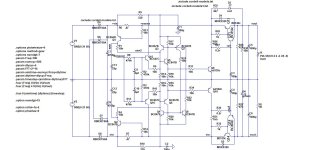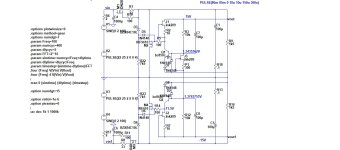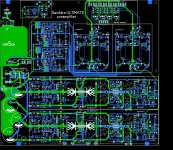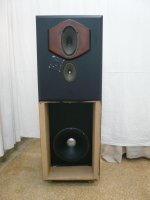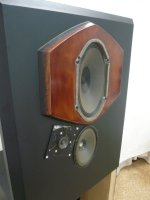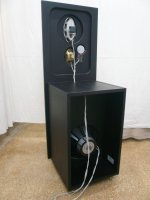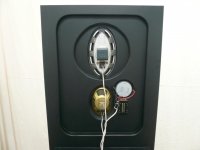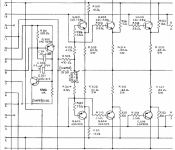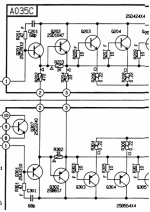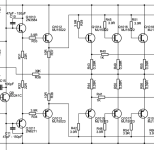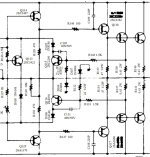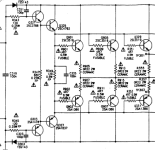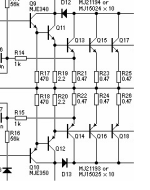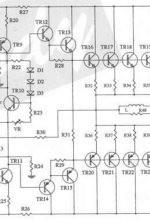Peerless XLS 12 with double XLS 10 passive rad
- By madam
- Subwoofers
- 1 Replies
Hi,
I have an XLS 12 (P830500) and I could source a pair of XLS 10 PR for them (the 400g Mms version 830481)
I would put the 1-1 PR's on the sides (L+R) and the 12 on the front.
I could drive it with whatever amp is needed, but would like to know how to determinate the volume of the box and the max SPL...
I do not need lower than 20-25Hz, and would use a 24-48dB/oct under the corner freq. with DSP
Once I built a North Creek Thunder sub, (XLS 12, 250w AB class, 105dB@ 20Hz, 117@ 28) and I loved it much... it was 2 membranes on the front, 35L as I can recall.
I had to sell it and ever since I want to build something similar, but no 300g 12inch PR, ever showed up.
Now, I would prefer to build an even smaller sub with these PR's if it will perform at least the same.
I also sourced a Meyer Sound ST418 driver from a HP700 sub... and had the same kind of idea to build a very shallow box with 4x10 (2-2 on L+R) or even 6x or 8x 10 inch passive radiators (2 on each side L,R, T,B) or source a big bunch of dead 10 inch drivers with steel (lightweight) basket, trash the magnet, add weight to the membranes and get a light weight, relatively small (20 x 20 x 12 inch) box, and dig down to 28-30Hz range with the ST418 driver's 2400watts capabilities... at 4 ohms...
So maybe with the many PR's I can lower the box volume AND keep the FS low as well.
Meyer's HP700 is a crazy big 46x22x30 inch, 120Kg beast with 5 ports (2 smaller, 2 larger round ports and a slot port) but 136dB with the double 18's.
Again the lack of knowledge about tuning boxes with many PR while keep efficiency high... I just don't want to lift the heavy wood cabinet... instead I would have much lighter PR's and as much as needed to go low and loud (again heavy cut DSP under Fs)
Any help is highly appreciated.
I have an XLS 12 (P830500) and I could source a pair of XLS 10 PR for them (the 400g Mms version 830481)
I would put the 1-1 PR's on the sides (L+R) and the 12 on the front.
I could drive it with whatever amp is needed, but would like to know how to determinate the volume of the box and the max SPL...
I do not need lower than 20-25Hz, and would use a 24-48dB/oct under the corner freq. with DSP
Once I built a North Creek Thunder sub, (XLS 12, 250w AB class, 105dB@ 20Hz, 117@ 28) and I loved it much... it was 2 membranes on the front, 35L as I can recall.
I had to sell it and ever since I want to build something similar, but no 300g 12inch PR, ever showed up.
Now, I would prefer to build an even smaller sub with these PR's if it will perform at least the same.
I also sourced a Meyer Sound ST418 driver from a HP700 sub... and had the same kind of idea to build a very shallow box with 4x10 (2-2 on L+R) or even 6x or 8x 10 inch passive radiators (2 on each side L,R, T,B) or source a big bunch of dead 10 inch drivers with steel (lightweight) basket, trash the magnet, add weight to the membranes and get a light weight, relatively small (20 x 20 x 12 inch) box, and dig down to 28-30Hz range with the ST418 driver's 2400watts capabilities... at 4 ohms...
So maybe with the many PR's I can lower the box volume AND keep the FS low as well.
Meyer's HP700 is a crazy big 46x22x30 inch, 120Kg beast with 5 ports (2 smaller, 2 larger round ports and a slot port) but 136dB with the double 18's.
Again the lack of knowledge about tuning boxes with many PR while keep efficiency high... I just don't want to lift the heavy wood cabinet... instead I would have much lighter PR's and as much as needed to go low and loud (again heavy cut DSP under Fs)
Any help is highly appreciated.


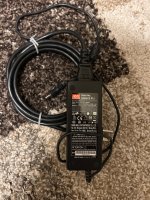
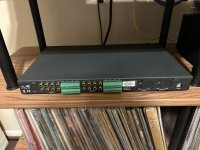
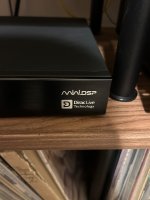
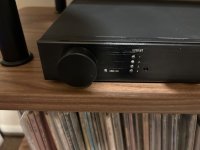
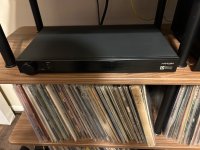
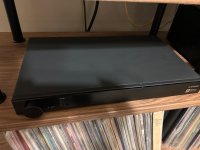
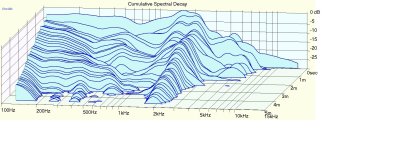
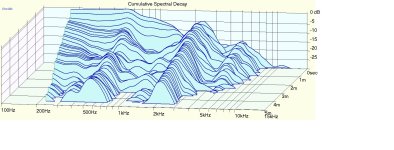


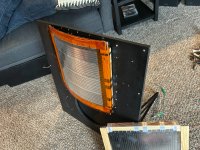
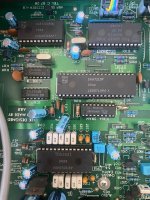
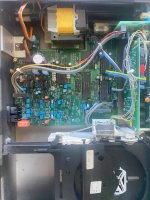
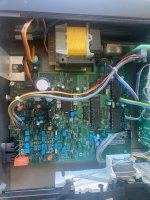
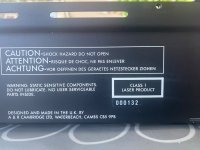
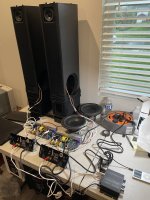
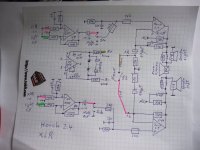
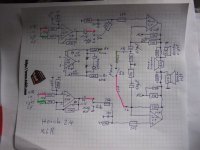
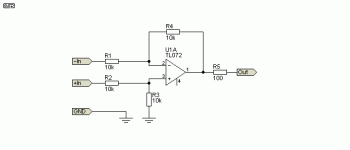
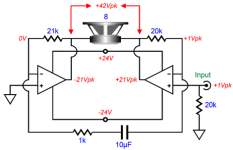
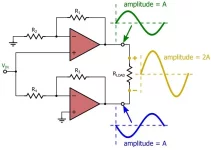
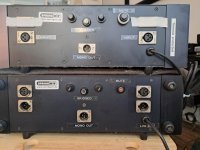
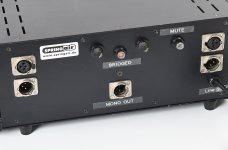
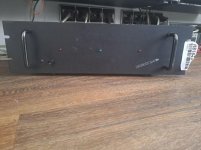
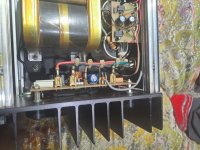


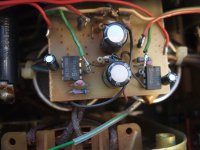
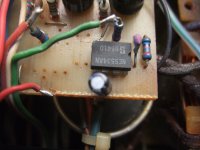
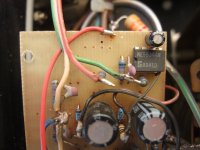
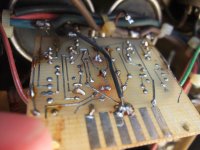
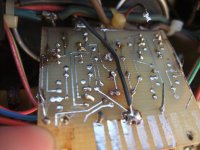
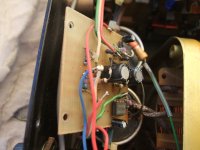
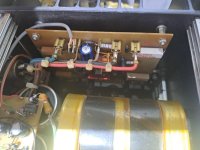


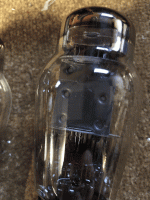
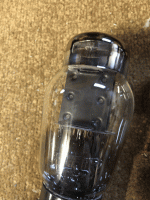
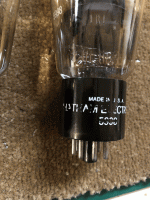
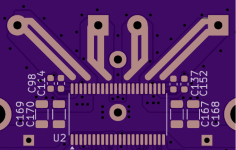
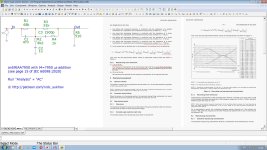
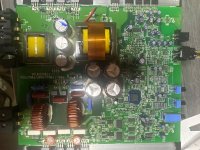
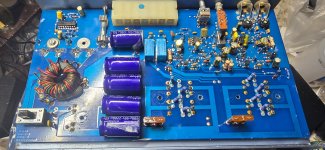
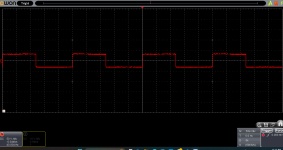
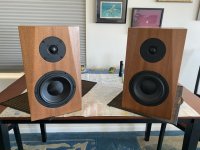
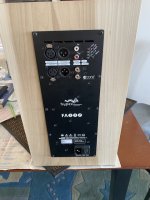
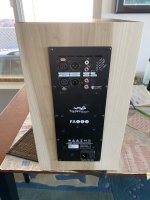
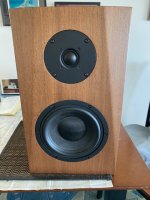
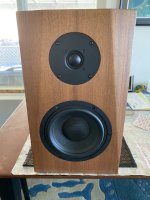
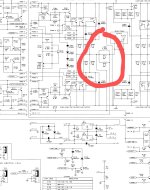
 [/url
[/url [/url
[/url [/url
[/url [/url
[/url [/url
[/url [/url
[/url [/url
[/url [/url
[/url [/url
[/url [/url
[/url [/url
[/url [/url
[/url [/url
[/url [/url
[/url [/url
[/url [/url
[/url [/url
[/url [/url
[/url [/url
[/url [/url
[/url [/url
[/url [/url
[/url [/url
[/url [/url
[/url [/url
[/url [/url
[/url

